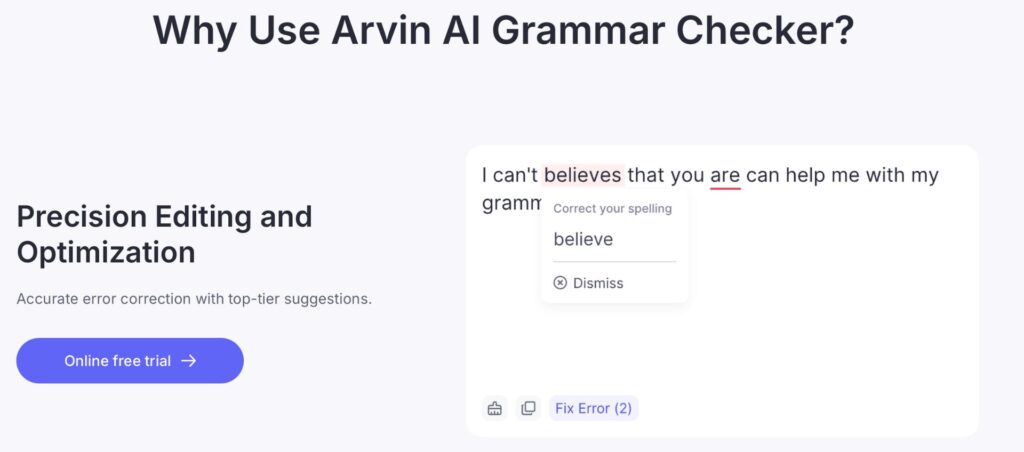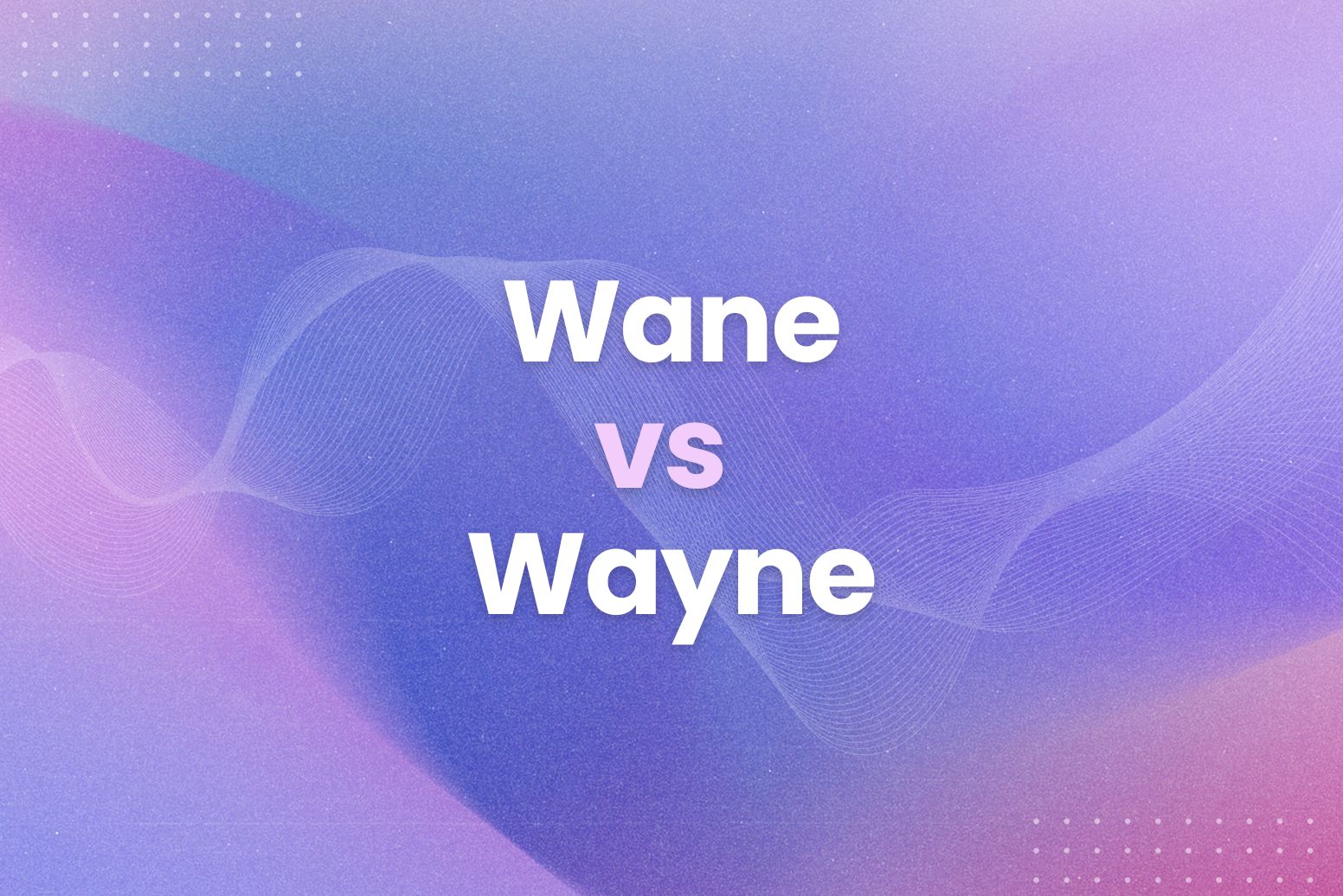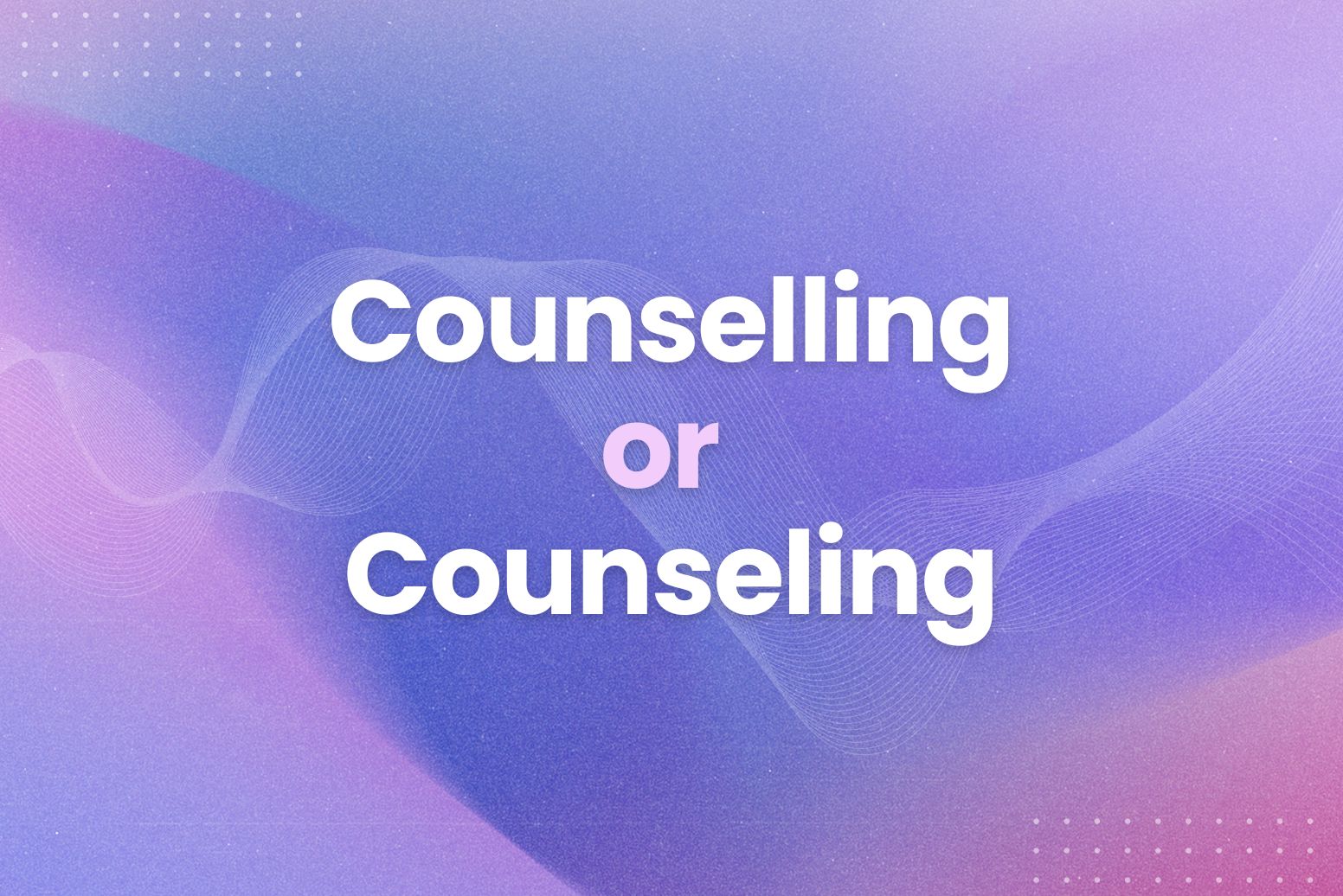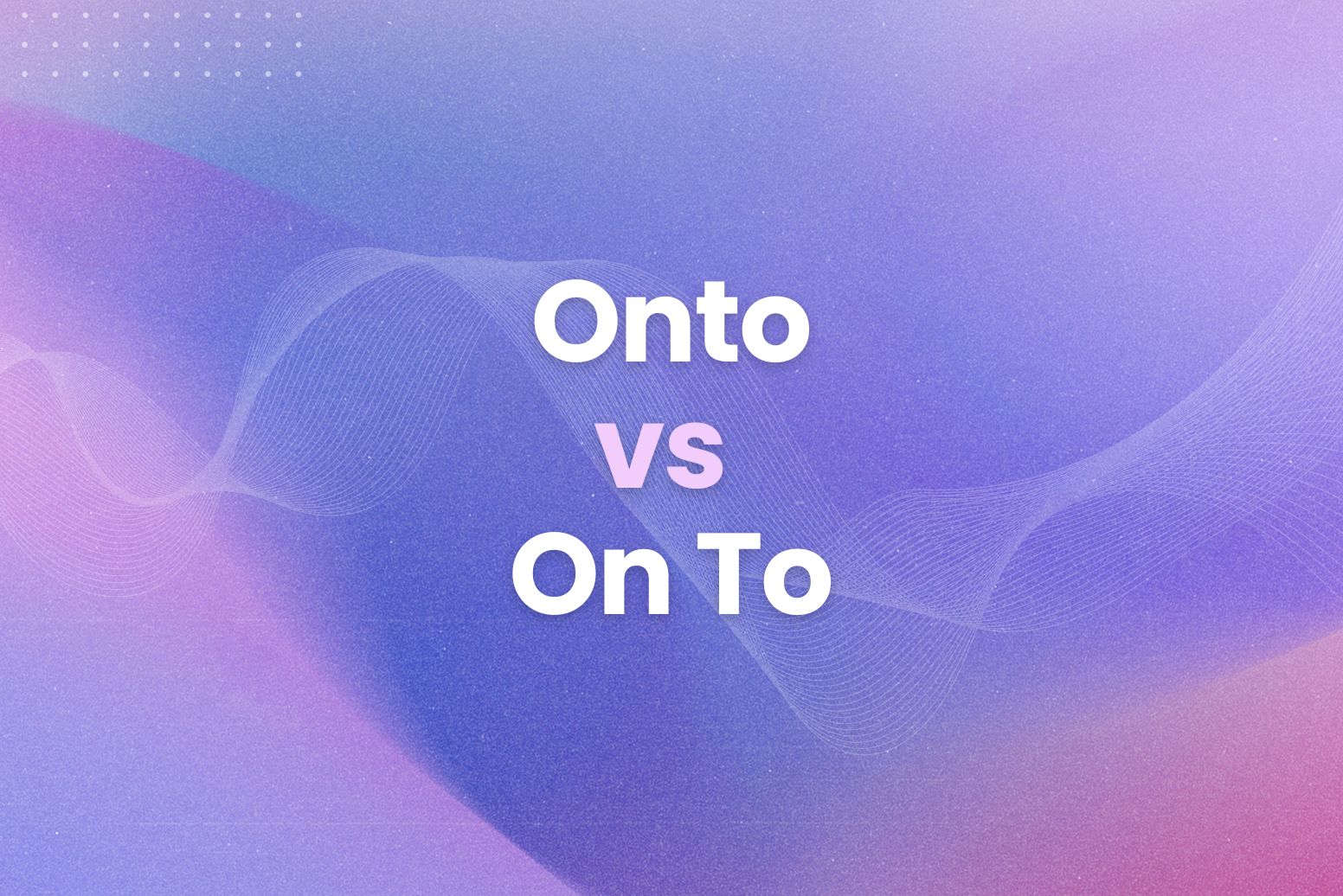What is a run on sentence? Have you ever encountered a sentence that just wouldn’t quit—words flowing endlessly without a pause, leaving you breathless and confused? That’s the hallmark of a run-on sentence, a common writing slip-up that can turn even the best ideas into a chaotic jumble.
In this guide, we’ll unravel run-on sentences, showing you how to spot them, why they happen, and, most importantly, how to fix them like a pro.
Say goodbye to confusing run-ons and awkward fragments. Arvin AI’s Grammar Checker is here to refine your writing and make every sentence count. Test it today!
What is a Run-On Sentence?

A run-on sentence happens when two or more independent clauses—essentially complete thoughts—are mashed together without the right punctuation or connectors to keep things organized.
How Long Is Too Long for a Sentence?
When it comes to sentence length, there’s no absolute rule, but a sentence becomes “too long” when it confuses or overwhelms the reader. If you find yourself gasping for air when reading it aloud or if the sentence contains too many ideas without clear breaks, it’s probably time to trim it down.
- 20–25 words is a comfortable upper limit for most sentences, especially in formal or informational writing.
- In more conversational pieces (like blogs), shorter sentences work best to keep the tone engaging.
- Sentences over 40 words are often too long unless you’re crafting a nuanced argument or mimicking Dickens’ literary flair.
What Happens When a Sentence is Too Long?
Clarity Suffers:
- The reader might lose track of the main idea.
- After finishing my homework, which included a detailed history report that required several hours of research and cross-referencing various sources, I decided to bake cookies because I hadn’t eaten anything sweet all day and I deserved a treat.
Pacing Slows:
- It feels like the writer is rambling, which can exhaust the reader.
Ideas Get Jumbled:
- The lack of proper punctuation or focus makes it hard to follow.
Meaning of a Run-On Sentence
The meaning of a run-on sentence is simple: it’s when two or more independent clauses (complete thoughts) are joined incorrectly, without proper punctuation or connecting words.
What is a Run-On Sentence Example?
Example 1:
I went to Target to grab toothpaste and somehow ended up buying a throw blanket, a new lamp, three scented candles, and a basket of skincare products but when I got home I realized I forgot the toothpaste so I had to go back which was embarrassing because I had just told the cashier I wasn’t coming back until payday.
Fixed Versions:
- I went to Target to grab toothpaste, but I ended up buying a throw blanket, a new lamp, three scented candles, and a basket of skincare products. When I got home, I realized I forgot the toothpaste, so I had to go back. It was embarrassing because I had just told the cashier I wasn’t coming back until payday.
- I went to Target to grab toothpaste; instead, I bought a throw blanket, a lamp, and three candles. When I realized I forgot the toothpaste, I had to go back, which was awkward since I had just told the cashier I was done until payday.
Example 2:
I planned to watch one episode of Wednesday on Netflix but then the plot got so interesting and I couldn’t stop watching and before I knew it I had finished the entire season and now it’s 3 a.m. and I have a morning meeting that I’m definitely not prepared for because I was supposed to use the evening to review the slides.
Fixed Versions:
- I planned to watch one episode of Wednesday on Netflix, but the plot got so interesting that I couldn’t stop watching. Before I knew it, I had finished the entire season. Now it’s 3 a.m., and I have a morning meeting that I’m not prepared for because I was supposed to review the slides.
- I started watching Wednesday on Netflix, and I couldn’t stop because the plot was so good. Now it’s 3 a.m., and I have a morning meeting I’m unprepared for since I was supposed to work on my slides.
Example 3:
I ordered my usual caramel macchiato from Starbucks but the barista accidentally gave me an iced latte instead and I didn’t realize until I got back to my car but I was already late to work so I couldn’t go back and now I’m venting about it on Twitter where everyone is arguing about the best Starbucks drink anyway.
Fixed Versions:
- I ordered my usual caramel macchiato from Starbucks, but the barista gave me an iced latte instead. I didn’t notice until I got back to my car. Since I was already late for work, I couldn’t go back. Now I’m venting on Twitter, where everyone is arguing about the best Starbucks drink anyway.
- I got an iced latte instead of my caramel macchiato at Starbucks, but I didn’t notice until I was in my car. I was late for work, so I couldn’t go back. Now I’m ranting on Twitter, which is full of debates about Starbucks drinks.
Example 4:
I was so excited for Taylor Swift’s Eras Tour movie premiere and I made a whole plan to dress up as the 1989 album cover but my outfit didn’t arrive on time and I had to scramble to put something together which meant I got to the theater late and missed the opening song so now I’m rewatching it on TikTok.
Fixed Versions:
- I was so excited for Taylor Swift’s Eras Tour movie premiere. I planned to dress up as the 1989 album cover, but my outfit didn’t arrive on time. I had to scramble to put something together, which meant I got to the theater late and missed the opening song. Now I’m rewatching it on TikTok.
- For Taylor Swift’s Eras Tour movie premiere, I planned to wear an outfit inspired by the 1989 album, but it didn’t arrive in time. I ended up being late to the theater and missed the opening song, so now I’m reliving it on TikTok.
Example 5:
I went to Best Buy on Black Friday to snag a deal on a new TV and the crowd was so intense that I almost gave up but then I saw the last one on sale so I grabbed it and when I got to the checkout the cashier told me I had to wait another hour because the system crashed.
Fixed Versions:
- I went to Best Buy on Black Friday to get a deal on a new TV, but the crowd was so intense that I almost gave up. Then I saw the last one on sale, so I grabbed it. When I got to checkout, the cashier said I had to wait an hour because the system crashed.
- Black Friday at Best Buy was chaos. I went to get a new TV, and after almost giving up, I spotted the last one on sale. I rushed to the checkout, only to be told I’d have to wait because the system crashed.
Easy Run-On Sentence Example
I wanted to watch the movie I didn’t have time.
This sentence rushes two ideas together—I wanted to watch the movie and I didn’t have time—without punctuation or a connector to make it flow.
I started watching The Crown last night I couldn’t stop until I finished the season.
I ordered my coffee they gave me the wrong drink.
My mom made spaghetti everyone loved it we ran out of seconds.
I left my wallet at home I had to borrow money from my coworker.
What is a Bad Example of a Run-On Sentence?
A bad example of a run-on sentence combines multiple ideas without proper punctuation or connectors, making it confusing and difficult to read. These sentences tend to ramble on endlessly, making the reader feel stuck in a word maze.
Bad Example:
I bought concert tickets to see Taylor Swift but then my car broke down on the way and I had to call a tow truck which made me late and I missed the opening act and now I’m sad because I was really looking forward to the whole experience.
Why Is This a Bad Run-On Sentence?
- It’s way too long, with no clear breaks to let the reader process the information.
- Multiple independent ideas are smashed together with no punctuation or proper connectors.
- It overwhelms the reader, leaving them unsure of where one thought ends and another begins.
Fixed Versions:
Breaking into Multiple Sentences:
I bought concert tickets to see Taylor Swift, but my car broke down on the way. But, I had to call a tow truck, which made me late. I missed the opening act, and now I’m sad because I was really looking forward to the whole experience.
Using Connectors and Punctuation:
I bought tickets to see Taylor Swift. Unfortunately, my car broke down on the way, and I had to call a tow truck. This made me late, so I missed the opening act. I’m really sad because I was looking forward to the entire experience.
What is a Fragment Sentence?
A fragment sentence, or simply a sentence fragment, is an incomplete sentence. It’s missing one of the essential parts that make a sentence complete—usually a subject, a verb, or a complete thought.
While fragments can sometimes work in casual or creative writing, they are often seen as errors because they leave the reader hanging, wondering, What happened?
Because I was late.
This feels incomplete because it doesn’t answer what happened because you were late. It’s missing the main clause to make it a full sentence.
Turn first drafts into flawless writing with Arvin AI’s Grammar Checker. It’s fast, easy, and ready to polish your sentences today!
How Does a Fragment Sentence Happen?

- Missing a Subject:
Ran through the park.- Who ran? The subject is missing.
- Missing a Verb:
The cat under the table.- What did the cat do? The action (verb) is missing.
- Lacking a Complete Thought:
After the meeting ended.- What happened after the meeting ended? This thought isn’t fully developed.
Fixed Examples:
- Fragment:
Because I was late.
Fixed:
Because I was late, I missed the bus. - Fragment:
Ran through the park.
Fixed:
She ran through the park. - Fragment:
After the meeting ended.
Fixed:
After the meeting ended, we went out for lunch.
Run-on sentences? No problem. Arvin AI’s Grammar Checker identifies and fixes errors instantly. Perfect sentences are just a click away!
What Author Is Famous for Run-on Sentences?
One author often associated with run-on sentences is William Faulkner, a Nobel Prize-winning American writer known for his intricate, flowing prose. Faulkner frequently used long, complex sentences with multiple clauses, creating a stream-of-consciousness style that mimics the way thoughts naturally flow in the human mind.
Example of Faulkner’s Style:
From Absalom, Absalom!:
“He had a word, too. Love, he called it, oh, he knew no doubt what he meant, and he did not mean love anyway, and anyway it was not a girl, and he didn’t even believe it was the body he wanted, that he would try to own her only because if he owned her she would be his revenge against himself…”
While technically grammatically correct (with lots of commas), this sprawling sentence feels overwhelming, like it could go on forever. Faulkner’s run-on-like sentences are deliberate, aiming to immerse readers in the emotional chaos or fragmented consciousness of his characters.
Here are real examples of authors famous for their use of run-on-like sentences, along with excerpts from their works to showcase their styles.
1. William Faulkner (Stream-of-Consciousness Maestro)
Faulkner’s sentences often stretch on endlessly, weaving multiple thoughts and emotions together. His style mirrors the inner turmoil of his characters.
The Sound and the Fury:
“I give you the mausoleum of all hope and desire; I give it to you not that you may remember time, but that you might forget it now and then for a moment and not spend all your breath trying to conquer it.”
- This sentence feels like an emotional outpouring, with ideas piling on top of one another. It uses semicolons for structure but flows like a run-on.
2. James Joyce (Ulysses and Thought Chaos*)
Joyce’s sentences often mimic the wandering, nonlinear nature of thought, especially in his seminal work Ulysses.
Ulysses:
“Yes because he never did a thing like that before as ask to get his breakfast in bed with a couple of eggs since the City Arms hotel when he used to be pretending to be laid up with a sick voice doing his highness to make himself interesting to that old faggot Mrs Riordan…”
- This excerpt runs on and on without breaks, reflecting the free-flowing inner monologue of the character.
3. Jack Kerouac (On the Road and Spontaneous Prose*)
Kerouac’s “spontaneous prose” style is marked by long, unbroken sentences filled with energy and rhythm.
On the Road:
“…the only people for me are the mad ones, the ones who are mad to live, mad to talk, mad to be saved, desirous of everything at the same time, the ones who never yawn or say a commonplace thing, but burn, burn, burn like fabulous yellow roman candles exploding like spiders across the stars…”
- This sentence feels like a breathless rush, mirroring the wild, untamed spirit of his characters.
Why Are Run-On Sentences Wrong?
Run-on sentences are considered wrong in formal writing because they fail to follow proper grammatical rules, making your ideas harder to understand.
By cramming multiple complete thoughts into one sentence without proper punctuation or connectors, run-on sentences overwhelm readers and obscure your message.
Lack of Clarity:
A run-on sentence can make it unclear where one idea ends and another begins. This forces the reader to work harder to interpret the meaning.
- Example of Confusion:
I love to cook Italian food it’s my favorite cuisine I always use fresh ingredients.- It’s unclear how these ideas relate—are they separate points or one flowing thought?
- Fixed Version:
I love to cook Italian food because it’s my favorite cuisine. I always use fresh ingredients.
Overwhelming to Read:
Long, unbroken sentences are exhausting. They leave readers breathless, especially when thoughts pile up without pauses.
- Example of Overload:
The concert was amazing the crowd was wild the band played all their hits the lighting effects were incredible I’ll never forget it.- The reader has no time to process each point.
- Fixed Version:
The concert was amazing. The crowd was wild, and the band played all their hits. The lighting effects were incredible—I’ll never forget it.
Disrupts Flow:
Proper punctuation and connectors help guide the reader through your thoughts. Run-on sentences lack these cues, making your writing feel chaotic.
Unprofessional Appearance:
In academic, business, or professional contexts, run-on sentences make your writing seem rushed or unpolished. They can undermine your credibility.
When Are Run-On Sentences Okay?
While they’re considered “wrong” in formal writing, run-on sentences can be used deliberately in creative writing to mimic natural speech, thought processes, or a sense of urgency. For instance:
In stream-of-consciousness writing:
Her mind raced—what if she was late, what if he wasn’t there, what if this whole thing was a mistake?
In dialogue:
“I didn’t know what to say I mean how do you even respond to something like that?”
What Is the Longest Run-on Sentence?
The longest run-on sentence is difficult to pin down because it depends on the context—many run-on sentences in literature are intentionally crafted for stylistic reasons. However, here are some notable contenders for exceptionally long sentences that border on or surpass the run-on threshold.
1. James Joyce’s Ulysses

One of the longest and most famous sentences is in James Joyce’s Ulysses. The final chapter contains a stream-of-consciousness monologue by Molly Bloom, with sentences running on for more than 4,000 words and very little punctuation.
Excerpt (shortened):
“…yes because he never did a thing like that before as ask to get his breakfast in bed with a couple of eggs since the City Arms hotel when he used to be pretending to be laid up with a sick voice doing his highness to make himself interesting to that old faggot Mrs Riordan…”
This stream-of-consciousness style ignores traditional grammar rules, intentionally mimicking natural thought patterns. Technically, it’s not a run-on sentence (it’s grammatically structured as Joyce intended), but it’s often cited as an example of how far long sentences can go.
2. Jonathan Coe’s The Rotters’ Club
Jonathan Coe holds a Guinness World Record for the longest sentence in English literature. In his novel The Rotters’ Club, there is a single sentence that stretches for 13,955 words! It’s an experimental piece designed to test the limits of prose, and while it uses proper grammar, its length makes it a challenge to read.
How Do You Identify a Run-On Sentence?
Look for Multiple Complete Thoughts:
- Two complete thoughts:
- I love baking cookies.
- My kitchen smells amazing.
- No punctuation or conjunction = run-on sentence.
Check for Missing Punctuation:
A proper sentence uses periods, commas, or semicolons to separate ideas. If there’s nothing to break up the thoughts, it’s likely a run-on.Example:
The movie was great the ending was disappointing.
Look for Missing Conjunctions:
If two clauses are joined without a coordinating conjunction (and, but, so, etc.), you’ve got a run-on.
Example:
I went to Starbucks I ordered a caramel macchiato.
Read It Out Loud:
If you feel like you’re running out of breath or the sentence doesn’t pause naturally, it might be a run-on.
Example:
We planned a surprise party it was canceled because she found out.
- Feels rushed and unnatural without a break.
Ask: Does Each Clause Work as a Sentence on Its Own?
If both parts of the sentence could stand alone as sentences, but they aren’t separated correctly, it’s a run-on.
Example:
She loves Taylor Swift her favorite album is 1989.*
Types of Run-On Sentences
There are two main types of run-on sentences: fused sentences and comma splices.
1. Fused Sentence
A fused sentence is when two or more independent clauses are joined together with no punctuation at all. It’s like two trains colliding without any buffer in between.
Example:
I love pizza it’s my favorite food.
- Two independent clauses:
- I love pizza.
- It’s my favorite food.
Why It’s Wrong:
Without punctuation, the sentence feels rushed and confusing.
Fixes:
- I love pizza. It’s my favorite food. (Separate with a period.)
- I love pizza because it’s my favorite food. (Use a conjunction.)
- I love pizza; it’s my favorite food. (Use a semicolon.)
2. Comma Splice
A comma splice happens when two or more independent clauses are joined with just a comma, without a conjunction or proper punctuation. This is a common mistake in casual writing.
Example:
The sun is shining, I want to go outside.
- Two independent clauses:
- The sun is shining.
- I want to go outside.
Why It’s Wrong:
A comma alone isn’t strong enough to separate two independent clauses.
Fixes:
- The sun is shining. I want to go outside. (Use a period.)
- The sun is shining, and I want to go outside. (Add a conjunction.)
- The sun is shining; I want to go outside. (Use a semicolon.)
Subcategories of Run-On Sentences:
1. Run-On with Multiple Ideas:
I woke up late I missed the bus I had to walk to work.
- This combines three independent clauses without punctuation.
Fix:
I woke up late, so I missed the bus. I had to walk to work.
2. Run-On with Related Ideas:
She loves hiking she hates bugs.
- The ideas are related but still need proper punctuation.
Fix:
She loves hiking, but she hates bugs.
How to Fix a Run-On Sentence
1. Use a Period
The simplest way to fix a run-on sentence is to separate the independent clauses into two distinct sentences.
Example:
I love baking cookies my kitchen smells amazing.
Fixed:
I love baking cookies. My kitchen smells amazing.
- Why It Works:
This method clearly separates the ideas, making them easier to read and understand.
2. Use a Comma and a Coordinating Conjunction
Add a comma followed by a coordinating conjunction (and, but, so, or, yet, for, nor) to connect the clauses.
Example:
I was late to work I forgot my wallet.
Fixed:
I was late to work, and I forgot my wallet.
- Why It Works:
The conjunction shows the relationship between the clauses, making the sentence flow naturally.
3. Use a Semicolon
A semicolon works well if the clauses are closely related and you want to emphasize their connection.
Example:
The concert was amazing the band played all my favorite songs.
Fixed:
The concert was amazing; the band played all my favorite songs.
- Why It Works:
The semicolon is a stronger break than a comma but keeps the ideas closely tied together.
4. Use a Subordinating Conjunction
Turn one of the independent clauses into a dependent clause by using a subordinating conjunction (because, although, while, since, etc.).
Example:
She loves coffee she drinks it every morning.
Fixed:
She loves coffee because she drinks it every morning.
- Why It Works:
This method adds a sense of cause-and-effect or time relationship between the ideas.
Bonus: Use a Semicolon with a Conjunctive Adverb
If you want to add a transitional phrase (however, therefore, moreover), pair it with a semicolon.
Example:
I wanted to stay home it was raining outside.
Fixed:
I wanted to stay home; however, it was raining outside.
If your sentences feel like a marathon, Arvin AI’s Grammar Checker is the finish line. Let it fix run-ons and make your writing shine!
Choosing the Best Fix
The method you choose depends on how you want the sentence to feel:
- Periods: Great for simplicity and clarity.
- Conjunctions: Ideal for showing relationships between ideas.
- Semicolons: Useful for close connections with more sophistication.
- Subordinating Conjunctions: Perfect for emphasizing one idea over the other.
What are the 5 Rules to Fix a Run-On Sentence?
1. Use a Period to Separate Sentences
Break a run-on into two sentences for clarity.
Example (Run-On):
I watched a Greta Gerwig movie it made me rethink my entire weekend.
Fixed Version:
I watched a Greta Gerwig movie. It made me rethink my entire weekend.
- Why It Works:
A period provides a clear pause, allowing readers to process each thought individually.
2. Use a Comma and a Coordinating Conjunction
Add a conjunction (and, but, so, etc.) with a comma to connect ideas properly.
Example (Run-On):
I started reading Michelle Obama’s memoir it gave me so much inspiration.
Fixed Version:
I started reading Michelle Obama’s memoir, and it gave me so much inspiration.
- Why It Works:
The conjunction and links the ideas naturally, showing their relationship.
3. Use a Semicolon for Closely Related Ideas
Semicolons are perfect for connecting ideas that belong together.
Example (Run-On):
I prepped snacks for movie night the latest Spider-Man film was worth every bite.
Fixed Version:
I prepped snacks for movie night; the latest Spider-Man film was worth every bite.
- Why It Works:
The semicolon ties the clauses together elegantly.
4. Use a Subordinating Conjunction to Make One Clause Dependent
Turn one of the clauses into a dependent one using words like because, while, or although.
Example (Run-On):
I planned to visit Shakespeare’s Globe I ran out of time in London.
Fixed Version:
I planned to visit Shakespeare’s Globe because I ran out of time in London.
- Why It Works:
This highlights the cause-and-effect relationship between the two clauses.
5. Use a Semicolon with a Conjunctive Adverb
A semicolon paired with however, therefore, or meanwhile creates a polished transition.
Example (Run-On):
I went to a John Legend concert it was so moving I couldn’t stop talking about it.
Fixed Version:
I went to a John Legend concert; however, it was so moving I couldn’t stop talking about it.
- Why It Works:
This method smooths the flow and emphasizes the emotional impact.
Run-On Sentence Exercises
Here are some exercises to help you identify and fix run-on sentences. Practice applying the rules you’ve learned!
Part 1: Identify the Run-On Sentence
Which of the following sentences is a run-on?
- I love reading fantasy novels, and I just finished one by Brandon Sanderson.
- I went to the library I forgot to bring my library card.
- Taylor Swift’s lyrics are poetic; they always tell a story.
- My friends and I went hiking it was such a beautiful day.
Answer Key:
- Sentence 2 and Sentence 4 are run-ons.
Part 2: Fix the Run-On Sentence
Rewrite the following run-on sentences using one of the five rules (periods, conjunctions, semicolons, etc.).
- I bought tickets to see my favorite band I forgot to check the concert date.
- We stayed up all night talking about the movie it was so thought-provoking.
- The bakery smelled amazing I couldn’t resist buying a loaf of fresh sourdough.
- The puppy was adorable it chewed on everything in sight.
Part 3: Match the Fix to the Sentence
Choose the correct fix for this run-on sentence:
I wanted to bake cookies I didn’t have enough sugar.
A. I wanted to bake cookies, but I didn’t have enough sugar.
B. I wanted to bake cookies I didn’t have enough sugar.
C. I wanted to bake cookies; I didn’t have enough sugar.
Answer Key:
- Correct answers: A or C.
Part 4: Expand and Fix
Expand these sentences into longer, grammatically correct versions:
- I love cooking I hate doing the dishes.
- We arrived late to the party everyone was already dancing.
- The rain started pouring we ran for cover.
Final Words
Run-on sentences can feel like that friend who tells a story without ever stopping for breath—confusing, exhausting, and a little overwhelming. But the good news? They’re one of the easiest writing hiccups to fix! Whether you reach for a period, a semicolon, or a conjunction, you now have the tools to untangle your thoughts and give your sentences the structure they deserve.
Run-on sentences can derail even the best ideas. Let Arvin AI’s Grammar Checker bring structure back to your writing. Try it now!

The next time you’re editing a paragraph or telling a story, take a moment to pause and ask: Does this sentence need a breather? With a little practice, you’ll not only master the art of avoiding run-ons but also elevate your writing to new heights of clarity and professionalism.
FAQ
A run-on sentence is when two or more independent clauses are combined improperly, either without punctuation or connectors.
To identify a run-on sentence:
1. Look for multiple independent clauses (complete thoughts).
2. Check if they’re joined correctly with punctuation or conjunctions.
3. If there’s no punctuation or only a comma, it’s likely a run-on.
A run-on sentence combines two complete thoughts without proper separation.
A fragment sentence is an incomplete sentence that’s missing a subject, a verb, or a complete thought.
Fix a run-on sentence using these methods:
Add a period to separate ideas.
Use a comma and conjunction (and, but, etc.).
Use a semicolon.
Make one clause dependent.
I love hiking I enjoy being in nature.
Fixed: I love hiking, and I enjoy being in nature.
The movie was great the ending was disappointing.
Fixed: The movie was great; however, the ending was disappointing.
To spot a run-on, check for:
1. Two complete ideas in one sentence.
2. No punctuation or only a comma separating them.
1. Use a period: I missed the train. I took a bus instead.
2. Add a comma and conjunction: I missed the train, so I took a bus instead.
3. Use a semicolon: I missed the train; I took a bus instead.
4. Use a semicolon with a transition word: I missed the train; therefore, I took a bus.
5. Make one clause dependent: Since I missed the train, I took a bus instead.








